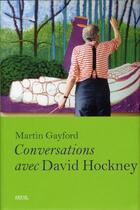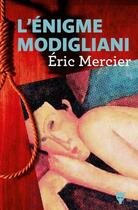Résumé:
The Sunday Times bestseller: David Hockney reflects upon life and art as he experiences lockdown in rural Normandy On turning eighty, David Hockney sought out rustic tranquillity for the first time: a place to watch the sunset and the change of the seasons; a place to keep the madness of the... Voir plus
The Sunday Times bestseller: David Hockney reflects upon life and art as he experiences lockdown in rural Normandy On turning eighty, David Hockney sought out rustic tranquillity for the first time: a place to watch the sunset and the change of the seasons; a place to keep the madness of the world at bay. So when Covid-19 and lockdown struck, it made little difference to life at La Grande Cour, the centuries-old Normandy farmhouse where Hockney set up a studio a year before, in time to paint the arrival of spring. In fact, he relished the enforced isolation as an opportunity for even greater devotion to his art.
Spring Cannot be Cancelled is an uplifting manifesto that affirms art's capacity to divert and inspire. It is based on a wealth of new conversations and correspondence between Hockney and the art critic Martin Gayford, his long-time friend and collaborator. Their exchanges are illustrated by a selection of Hockney's new, unpublished Normandy iPad drawings and paintings alongside works by van Gogh, Monet, Bruegel, and others.
We see how Hockney is propelled ever forward by his infectious enthusiasms and sense of wonder. A lifelong contrarian, he has been in the public eye for sixty years, yet remains entirely unconcerned by the view of critics or even history. He is utterly absorbed by his four acres of northern France and by the themes that have fascinated him for decades: light, colour, space, perception, water, trees. He has much to teach us, not only about how to see... but about how to live.
Donner votre avis















